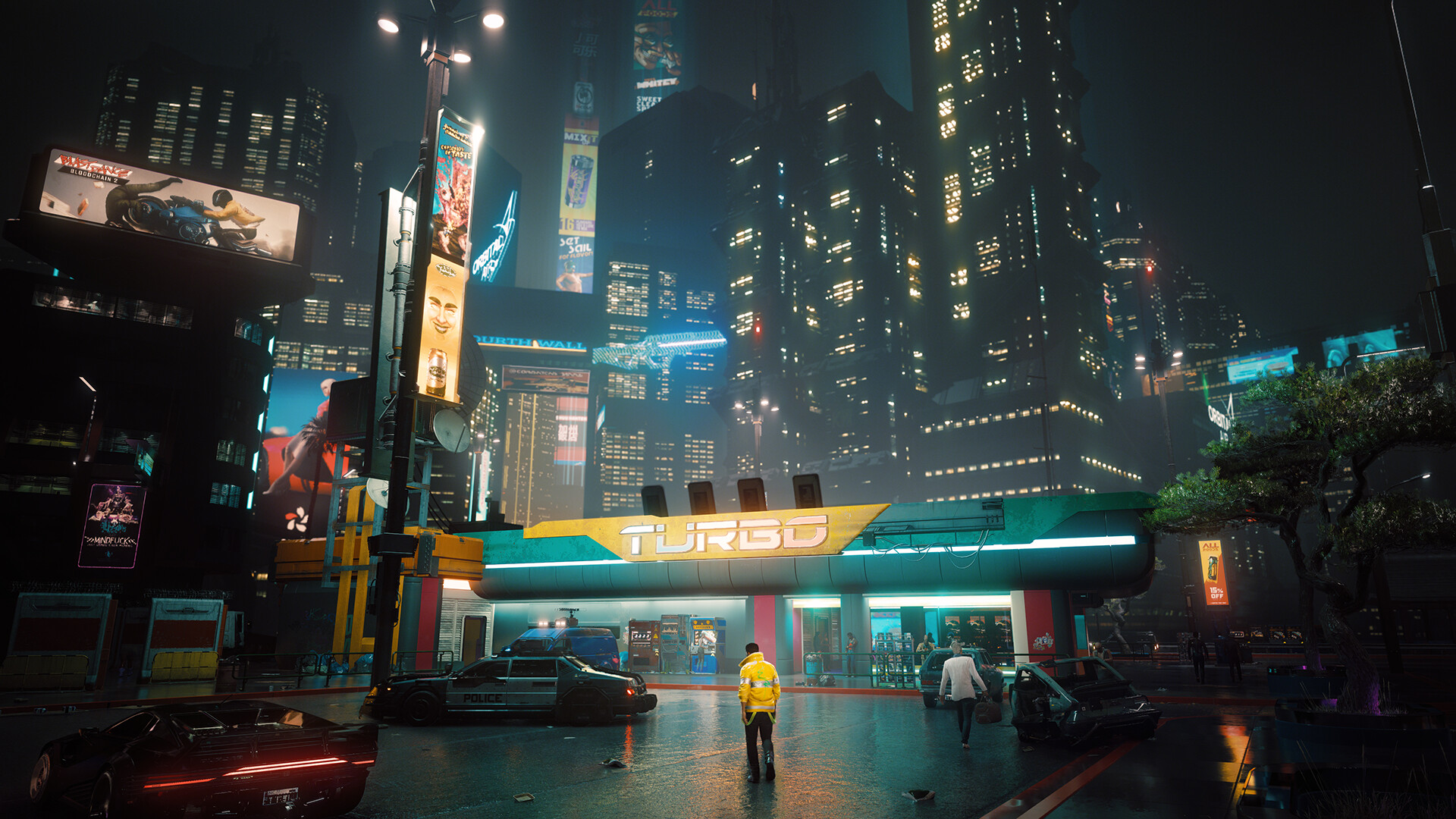Of all the debates that surround the remastering of classic video games—graphical fidelity, performance stability, bug fixes—one of the most nuanced and often overlooked is the impact on the game’s audio, specifically its musical score. The 2016 release of BioShock: The Collection, which included remastered versions of the iconic trilogy, brought Irrational Games’ masterpiece to a new generation with visual polish and technical improvements. However, a careful, critical listen to the audio landscape of BioShock Remastered versus the original 2007 release reveals not a simple case of better or worse, but a complex recalibration of one of gaming’s most vital atmospheres. The score’s evolution is a story of clarity gained and, arguably, a sliver of haunting ambience lost.
To understand the comparison, one must first appreciate the original score's role. Composed by Garry Schyman, the music of BioShock is not merely accompaniment; it is a fundamental pillar of the game’s world-building. It is a masterclass in dissonance, weaving together period-specific source music (like scratchy 1940s jazz tunes playing on a phonograph) with a terrifying, avant-garde orchestral score. Schyman’s original compositions are deeply influenced by early 20th-century composers like Béla Bartók and Igor Stravinsky, utilizing techniques like atonality, microtonality, and extended instrumental techniques to create a sense of profound unease, beauty, and tragedy. The music sonically represents the collapse of Rapture’s objectivist utopia—structured ideals devolving into chaotic, violent madness.

The most significant and immediately noticeable difference between the original and remastered scores lies in audio fidelity and dynamic range. The original game’s audio, constrained by the technological limits of the Xbox 360 and PlayStation 3 era, had a certain compressed, sometimes muffled quality. This technical limitation, perhaps unintentionally, became an asset. The music often blended into the soundscape—the dripping water, the distant screams of Splicers, the staticky radio messages from Atlas. It wasn’t always a distinct, separate layer; it was part of the environmental sludge. The dissonant strings and haunting choirs felt like they were emanating from the leaking walls of the city itself, a ghostly echo of Rapture’s past.
The BioShock Remastered version benefits from a comprehensive audio upgrade. The soundtrack has been cleaned, decompressed, and remastered, resulting in a much clearer and more powerful sonic presentation. Each instrument in the orchestra has greater definition. The low-end frequencies are richer and more pronounced, giving the ominous bass drones and dramatic stings more weight and impact. The high-end is crisper, allowing the delicate, eerie textures of glass harmonicas and harps to shimmer with new clarity. In isolated listening, this is unequivocally an improvement. The score, as a piece of music, sounds more professional and impactful.
However, this very clarity can sometimes work against the game’s atmospheric cohesion. The sharp separation of audio layers in the remaster can make the score feel more like a "soundtrack" being played over the action rather than an organic part of the environment. In the original, the blurring of lines between music and sound effect was a feature, not a bug. The distorted, low-fidelity sound contributed to the feeling of decay and immersion. You weren't just hearing a score; you were hearing Rapture breathe, groan, and weep. The remaster’s pristine audio, while technically superior, can occasionally break this illusion by presenting the music with too much modern polish, slightly distancing it from the grimy, analog reality of the world.
A prime example can be found in the game’s quieter moments of exploration. In the original, the ambient score would swell almost imperceptibly, a subtle undercurrent of dread that maintained a constant state of tension. In the remaster, these same segments can feel more pronounced and cinematic. The dynamic range—the difference between the quietest and loudest sounds—is wider. This means that when the music swells, it does so with more force and drama. While this can make key story moments more impactful, it can also slightly alter the pacing and tension of exploration, making the horror feel more orchestrated and less emergent from the environment itself.
Furthermore, the treatment of the licensed period music highlights this dichotomy. Tracks like “Beyond the Sea” or “Praise the Lord and Pass the Ammunition” are integral to establishing the game’s stark ironic contrast between civilized idealism and savage reality. In the original, these songs often played through degraded, low-quality speakers within the game world, complete with authentic period-appropriate crackle and compression. The remaster cleaned up these audio files significantly. While they still sound like old recordings, they have lost some of their grit and distortion. Again, this is a trade-off: audio purity for atmospheric authenticity. The cleaner tracks sound better as music, but the original’s degraded versions felt more like authentic artifacts discovered within Rapture.
Ultimately, the comparison between the BioShock Remastered and original scores does not yield a definitive winner. It is a subjective experience heavily dependent on player priorities. For those seeking the most powerful, high-fidelity presentation of Garry Schyman’s magnificent compositions, the remastered version is undoubtedly the way to go. It allows the music to be appreciated in its full, terrifying glory as a standalone work of art.
Yet, for purists and those who value the holistic, immersive atmosphere above all, the original score’s technical limitations have a unique charm. Its compressed, murky quality is the aural equivalent of the water-stained art deco and flickering neon lights—it is baked into the aesthetic. The music’s integration with the ambient soundscape was near-perfect, creating an unbroken, suffocating sense of place.
In the end, both versions serve as a testament to the enduring power of BioShock’s audio design. The remastered score is a brilliant re-presentation, a cleaned-up painting that lets us see the brushstrokes with new clarity. The original score is the authentic, slightly yellowed canvas, where the passage of time and the medium’s limitations have become part of its essential character. Both, in their own ways, successfully transport us to that unforgettable city under the sea, one through the clarity of a modern lens, and the other through the haunting, distorted fog of memory.















